Health
72nd Graduation: Doctoral Citations – CHS
Published
4 years agoon
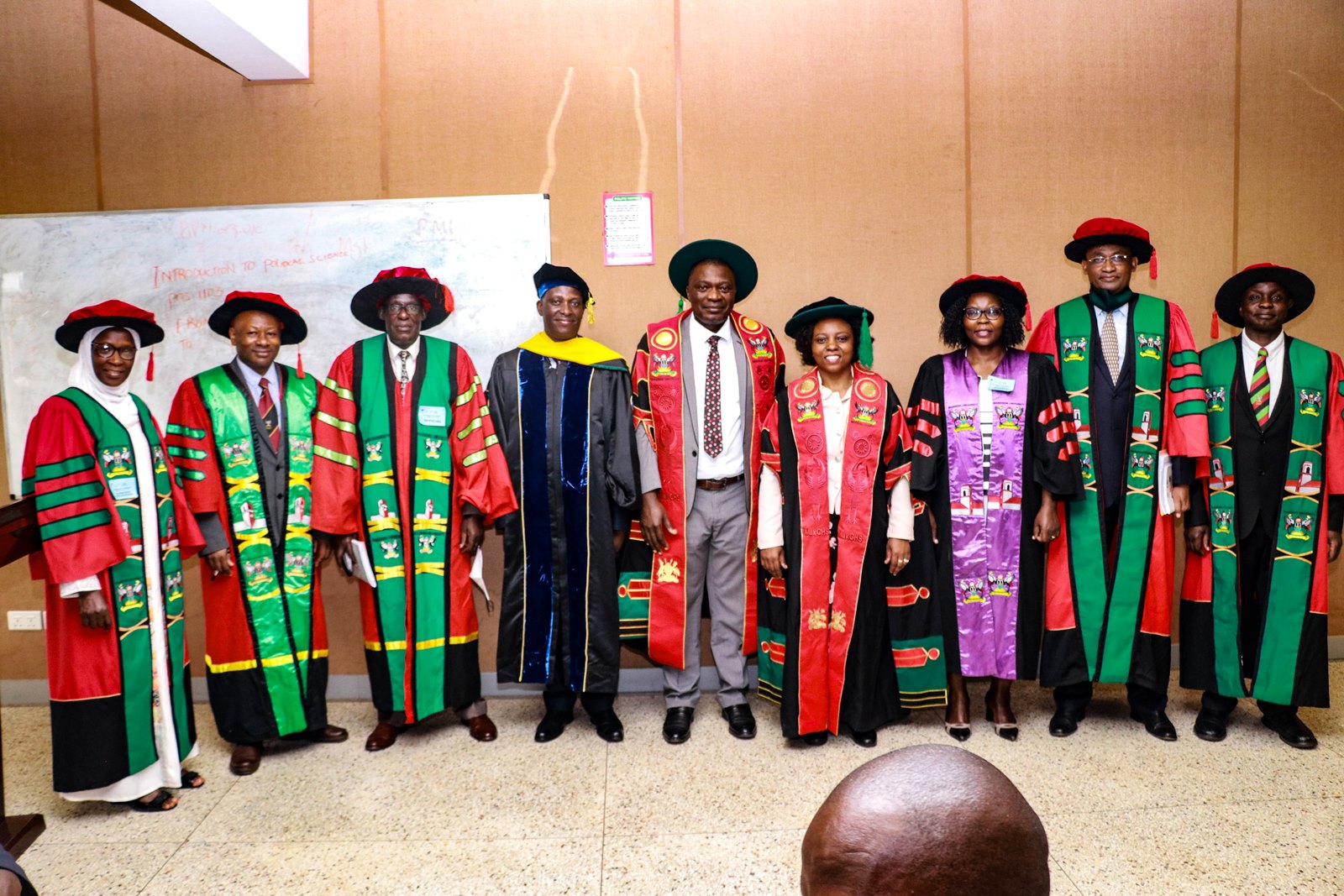

AGABA Bekiita Bosco
Molecular Epidemiological Surveillance of pfhrp2 and pfhrp3 gene deletions in Plasmodium falciparum parasite populations in Uganda
Mr. AGABA Bekiita Bosco investigated the biological and molecular changes in malaria parasites that make them difficult to be detected in malaria infected individuals. Once these parasites evade detection, individuals remain untreated leading to severe disease and risk of mortality. The results provide the first large-scale evidence reporting the presence of pfhrp2/3 gene deletions in P. falciparum parasites in Uganda and demonstrated that gene deletions are not confined but rather spread across regions. Further, the study showed that these parasites emerge independently and sponteneously. The findings inform national guidelines for malaria case management and policy for the introduction and deployment of new malaria diagnotic tests. The study was funded by the NIH-Fogarty Malaria training grant and the WHO collaborating center in Australia. The work was supervised by Prof. Moses R. Kamya, Prof. Chae Seung Lim, Dr. Adoke Yeka and Dr. Samuel Nsobya.
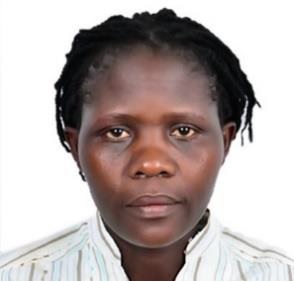
AMONGIN Dinah
Understanding Trends and Trajectories of Repeat Adolescent Birth in Uganda
Ms. AMONGIN Dinah studied the magnitude and explanation for repeat adolescent birth (i.e. a second or higher order live birth before age 20 years, following a first birth before age 18 years) and its later life consequences in Uganda. Her results revealed high repeat adolescent births (over 1 in 2) with slight decline in the 30 years of observation (1988/89-2016) although more women over the years wanted to have this repeat birth later. Results suggest life-long negative socio-economic and reproductive health outcomes among women with repeat adolescent births compared to those without. Further, escalation of the socio-economic distress following first birth, domestic violence, and partner coercion, predisposed adolescent girls to sexual exploitation and unwanted marriages. Interventions should focus on preventing repeat adolescent pregnancy and increasing opportunities for adolescent mothers, with a primary focus on: improving school retention/continuation, strengthening family planning services, and preventing early marriage. This study was funded by Training Health Researchers into Vocational Excellence (THRiVE-2) and was supervised by Assoc. Prof Annettee Nakimuli, Assoc. Prof Lenka Benova, Assoc. Prof Lynn Atuyambe, and Assoc. Prof Claudia Hanson.

KAPAATA ANDAMA Anne
Genotypic And Phenotypic Characterization Of Hiv-1 Transmitted/Founder Viruses And Their Effect On Cytokine Profiles And Disease Progression Among Acutely Infected Ugandans
Ms. KAPAATA ANDAMA Anne looked at Genotypic and Phenotypic Characterization of HIV-1 transmitted/founder viruses and their effect on cytokine profiles and disease progression among acutely infected Ugandans. Subtype analysis of inferred transmitted/founder viruses showed a high transmission rate of inter-subtype recombinants (69%) involving mainly A1/D, while pure subtype D variants accounted for one- third of infections (31%). The signal peptide-C1 region and gp41 transmembrane domain were hotspots for A1/D recombination events. She documented diversity in the functional protein domains across the Gag-Pol region of the HIV virus and identified differences in the Gag-p6 domain that were frequently associated with higher in vitro replication. She also found that HIV-1 subtype D infections had higher concentrations of different cytokines than subtype Ainfections. cytokines IL-12/23p40 and IL-1α were associated with faster CD4+T cell count decline while basic fibroblast growth factor was associated with maintenance of CD4+T cell count above 350cells/microliter. This work was funded by the International AIDS Vaccine initiative and supervised by Prof. Pontiano Kaleebu, Eric Hunter and Moses Joloba and Dr Jesus Salazar Gonzalez.

BAKESIIMA Ritah
Modern contraceptive use among female refugee adolescents in northern Uganda: prevalence, effect of peer counselling, adherence and experiences
Ms. BAKESIIMA Ritah studied modern contraceptive use among female refugee adolescents northern Uganda: the prevalence, effect of peer counselling, adherence, and experiences. She found that the use of modern contraceptives among sexually active adolescents was very low with less than 10% using a method, and yet they wanted to delay child birth. This highlights a high unmet need of contraceptives in this population. She also found that peer counselling had a positive effect on acceptance of modern contraceptives; participants who received peer counselling were more likely to accept a contraceptive method compared to those who received routine counselling. The commonest reasons for non-acceptance of a method were partner prohibition and fear of side effects. She recommends that refugee adolescents, together with their partners, are further sensitized of the dangers of teenage pregnancy, and the benefits of contraception in preventing teenage pregnancy and associated complications. This research was funded by SIDA and supervised by Assoc. Prof Elin Larsson, Dr. Jolly Beyeza-Kashesya, Prof. Kristina Gemzell-Danielsson, Dr. Amanda Cleeve, and Dr. Rose Chalo Nabirye.

BAYIGGA Lois
Role of Vaginal Microbiome in Host Susceptibility of HIV Infection in Pregnant Ugandan Women: Inflammatory Response and Epithelial Barrier Integrity
Mr. BAYIGGA Lois investigated the virginal microbial diversity and its immune-modulatory effects on host susceptibility to HIV among pregnant women in Uganda. In the results, the vaginal microbiome of pregnant women in the cross-sectional study was categorised into four distinct cervicotypes. In conclusion, African women had a more diverse vaginal microbiome relative to women in the America and Europe as observed in the literature. This work was supervised by Prof. Damalie Nakanjako, Dr. David Patrict Kateete, Dr. Musa Sekikubo and Prof. Deborah Anderson.
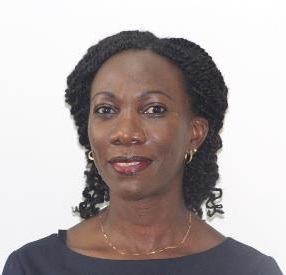
MIJUMBI Deve Rhona
Rapid Response Services to Support Policymaking in Uganda
Ms. MIJUMBI Deve Rhona evaluated the rapid response mechanisms aimed at providing evidence for policymaking in Uganda, including their feasibility and establishment, their uptake amongst the users along with these users’ experiences with them. She was able to determine and confirm the feasibility of an RRS in Uganda and map the establishment, growth, and evolution of the service. She was also able to document the important factors that led to the establishment of the service, then used this information to develop a theoretical framework combining the structural and temporal components of the development of an RRS and the factors important at each stage. She also established the important factors that influence the uptake of the RRS amongst its actual and potential users and also explored the users’ experience with the rapid response (RR) briefs produced by the RRS and used her findings to improve these briefs. The findings from this work are important to enable the use of evidence for decision-making at different levels of governance globally, especially in complex situations where time is barred. The work was funded by the International Development Research Center’s International Research Chairs Initiative and supervised by Prof. Nelson Sewankambo, Prof. John Lavis, and Dr. Andrew Oxman.

MUKURU Moses
An analysis of evolutions in maternal health policies and implementation adaptations in Uganda during the MDG period (2000-2015)
Mr. MUKURU Moses analysed Uganda’s maternal health policies introduced during the fifteen years of the Millennium Development Goals (MDG period) to understand policy failure. This followed the persistence of high preventable maternal mortality, which closed at a Maternal Mortality Ratio (MMR) of 368 deaths per 100,000 live births in 2015 below the target of 131 deaths per 100,000 live births. While most studies explain the failure to achieve maternal health policy targets from epidemiological, interventional and health systems perspectives, this study examined how elite interests underpinning maternal health policies, policy design and implementation influenced maternal health policy failure in Uganda. The study found that the failure to achieve policy targets and persistence of high maternal mortality despite introducing fourteen policy shifts emanated from a complex interplay of factors at the policy formulation, design and implementation levels. Policy elites developed policies which mainly served their selfish political and economic interests while paying limited attention to the goal of reducing maternal mortality. The policy instruments introduced were incoherent, inconsistent and incomprehensive to cover all the causes of maternal mortality rendering the policies ineffective in design. Consequently, maternal health policies could not be fully operationalised at the frontline to support timely response to all the emergencies that cause maternal death. The study was funded by DAAD, the Alliance for Health Policy and Systems Research, Switzerland, through the University of Cape Town, South Africa, the “Support Policy Engagements for Evidence informed (SPEED)” and was supervised by Professor Freddie Ssengooba and Dr Suzanne Kiwanuka.

MUSABA Milton
Obstructed labour in Eastern Uganda: risk factors, electrolyte derangements, and effect of bicarbonate on obstetric outcomes
Dr. MUSABA Milton studied the risk factors, electrolyte derangements, and effect of bicarbonate on obstetric outcomes among women with Obstructed labour (OL). Failure of a woman to give birth normally is called OL. It is often associated with poor outcomes for both the mother and baby, if the intervention (surgical) is not timely. In Uganda, one in five maternal deaths and two in five perinatal deaths are attributed to OL. The risk factors were being a first-time mother, using herbal medicines, and being referred in labour. While being married, having a delivery plan, and an educated partner were protective. Perioperatively, multiple electrolyte derangements were common. Perinatal death was four times higher than the national average, and the predictors were being referred and having a high maternal blood lactate level. Sodium bicarbonate infusion had no significant beneficial or harmful effect. Developing birth and complication readiness plans may help to minimize delays and multiple referrals in case of an emergency. To minimize the effects of metabolic and electrolyte derangements in OL, healthcare providers need to ensure that these patients are well rehydrated especially during transfer to a higher facility. This study was funded by NORHED/NORAD and was supervised by Prof. Grace Ndeezi, Prof. Julius N. Wandabwa, Dr. Justus K. Barageine, and Prof. Andrew D. Weeks

NAMAZZI Gertrude
Burden and risk factors for child developmental disability among infants in Busoga region, in Uganda
Dr. NAMAZZI Gertrude investigated the burden and risk factors for child developmental disability among infants in Busoga region, in Uganda. The study revealed a high burden of child developmental disability at population level and among preterm babies. The caretakers of children with developmental disability expressed emotional stress and an impoverishing experience with limited support from the community and the health system. The key risk factors included: birth asphyxia, malnutrition, newborn infections, and a mother having more than three children. The study findings indicate the need to improve the quality of care during delivery and the postnatal period to prevent birth asphyxia, neonatal infections and malnutrition so as to curb the burden of child developmental disability. In addition, parents should limit the number of children to those they are able to nurture and care for adequately. The study recommends to government to improve the health facility readiness to respond to caretakers’ needs and the needs of children with developmental disability so as to empower families, while respecting their beliefs, to cope with adversity. The study was funded by SIDA and was supervised by Prof. James Tumwine, Assoc. Prof. Peter Waiswa and Assoc. Prof. Helena.
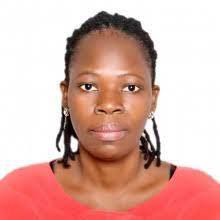
NANKYA Mutyoba Eron Joan
Hepatitis B. Among Ugandan pregnant women: Studies on Epidemiology, knowledge, perceptions and behavioural intentions
Ms. NANKYA Mutyoba Eron Joan investigated the epidemiology, knowledge, perceptions and behavioural intentions associated with Hepatitis B among Ugandan pregnant women. The study was conducted among pregnant women attending routine Antenatal Care in public health facilities in Kampala, Wakiso and Arua Districts. In the results, the overall prevalence of Hepatitis B. Virus infection was 6.1%. Pregnant women in Uganda have a high burden of the virus with significant regional differences, low knowledge and inaccurate perceptions of the virus. This study was funded by SIDA and was supervised by Assoc Prof. Ponsiano Ocama, Asoc Prof. Fredrick Makumbi and Assoc Prof. Lynn Atuyambe.

ODEI OBENG-AMOAKO Gloria Adobea
Retrospective analysis of concurrently wasted and stunted children 6-59 months in the outpatient therapeutic feeding programme in Karamoja: burden, characteristics, detection, response to treatment and outcomes
Ms. ODEI Obeng-Amoako Gloria Adobea examined the burden, characteristics and detection of concurrently wasted and stunted among children under 5 years, and their response to treatment and outcomes in the outpatient therapeutic feeding programme in Karamoja. She found that 5% of children under-5 years in Karamoja were wasted and stunted concurrently. Concurrent wasting and stunting was common among children younger than 3 years and particularly males. She identified optimal weight for age z-score (WAZ) and mid upper arm circumference (MUAC) thresholds for detecting children with concurrent wasting and stunting. Nearly half (49%) of children with severe acute malnutrition receiving outpatient therapeutic care were concurrently wasted and stunted and had lower recovery rate. The study will inform decision-making on integrated wasting and stunting prevention and treatment policy and programme. This study was funded by Carnegie Corporation of New York through RUFORUM, UNICEF Uganda; and African Union and European Union-Intra-ACP Mobility Partnering for Health Professionals Training in African Universities (P4HPT) and supervised by Assoc. Prof Charles A. S. Karamagi and Dr. Henry Wamani.
Browse Citations by College below:
< Director’s Message | CAES | CoBAMS | CoCIS | CEES | CEDAT | CHS | CHUSS | CoNAS | CoVAB | LAW | MUBS >
You may like
-


Makerere University Launches Knowledge-Sharing Platform to Drive Innovation and Economic Growth
-


Makerere University CoBAMS Staff celebrate 2025 achievements
-


Makerere University Leaders Call for Excellence in Research and Supervision as Academic Staff and PhD Students Receive Certificates
-
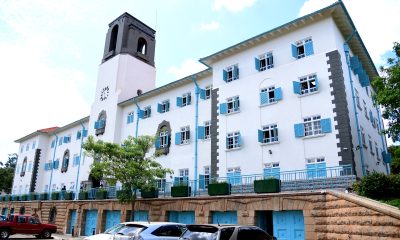

US$ 162m KEXIM Loan Approval Timely for Makerere University
-


Makerere University Explores Strategic Partnership with Tsinghua University in Safety Science, Disaster Resilience and Public Health
-


Mak Staff equipped in Disability-Inclusion
Health
MakCHS Strengthens Internationalization through Strategic Global Partnerships and Mobility
Published
2 days agoon
December 30, 2025By
Zaam Ssali
Makerere University College of Health Sciences (MakCHS) continues to advance its internationalization agenda by strengthening cross-border partnerships and expanding student and staff mobility in response to global health training needs. Recognizing international collaboration as a cornerstone of contemporary health professional education, the College has established strategic partnerships with leading institutions, including the University of the Western Cape (South Africa), the Medical University of Graz (Austria), and Universitas Syiah Kuala Faculty of Medicine (Indonesia). These collaborations focus on joint research initiatives and the training of dentists and physicians.

During the period July–September 2025, MakCHS recorded increased inbound student mobility, hosting 86 short-term international students. The majority (73%) came from eight partner institutions, with Europe accounting for 64% of all inbound students. Norway led with students from the University of Bergen and the University of Agder, followed by Italy and the Netherlands. The College also hosted students from Somalia International University, Moi University (Kenya), and institutions in the United States. Most visiting students were medical trainees, with placements mainly in Paediatrics at Mulago National Referral and Teaching Hospital, as well as Emergency Medicine and Obstetrics & Gynaecology at Kawempe National Referral Hospital.
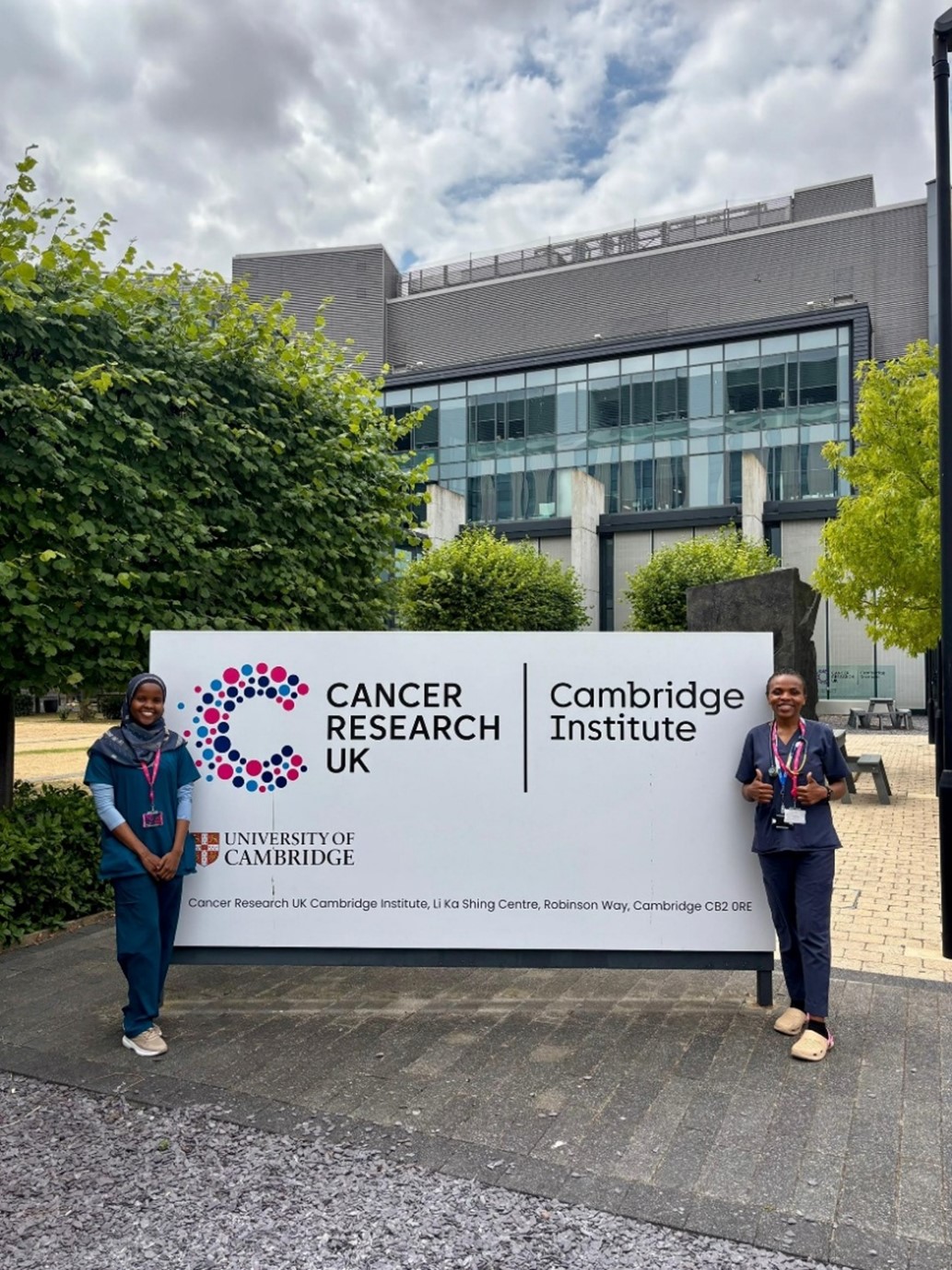
These exchanges demonstrated strong bilateral commitment, notably with the Medical University of Graz, which sent students to MakCHS while simultaneously hosting MakCHS students, even in the absence of Erasmus Mundus Plus funding. Inbound mobility enriched the learning environment through intercultural exchange, inclusiveness, and exposure to diverse clinical and academic perspectives.
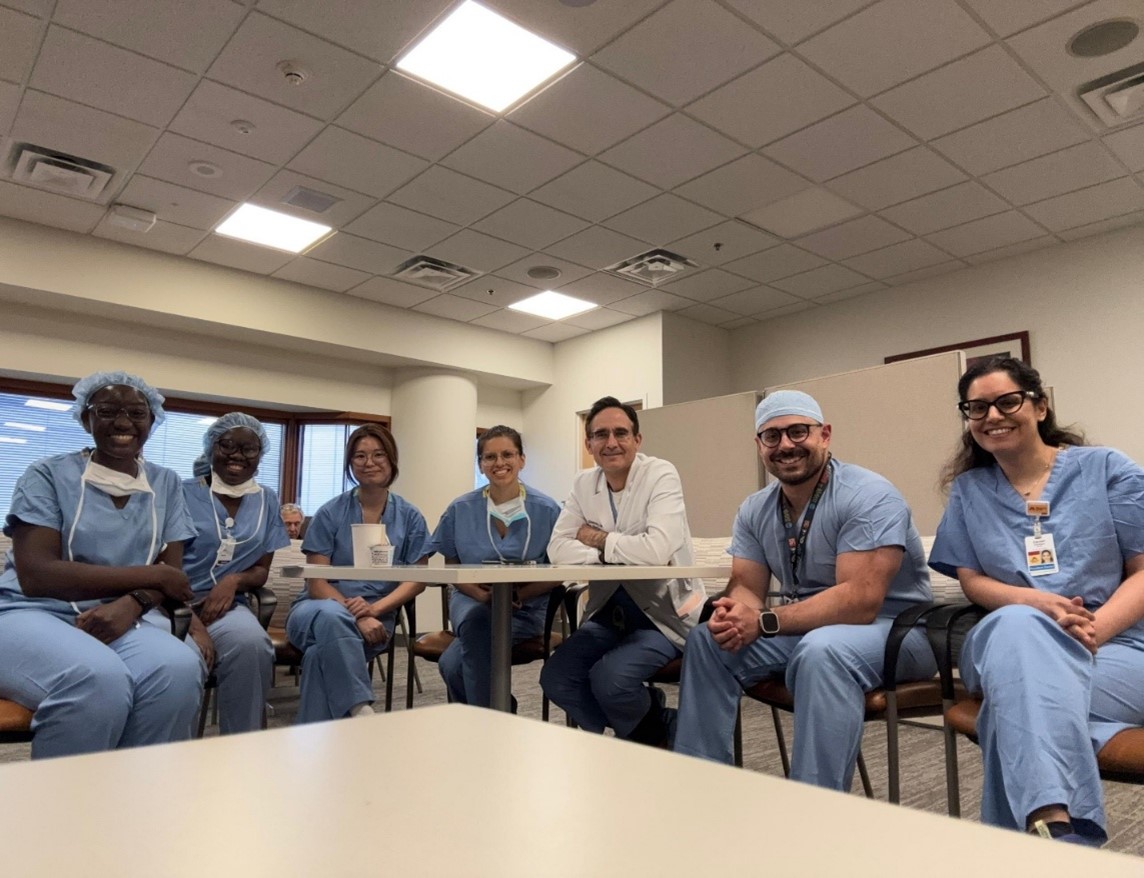
Outbound mobility also expanded significantly. MakCHS students undertook clinical rotations in the United Kingdom, the United States, and Austria. Two students completed hematology and oncology rotations at Addenbrooke’s Hospital, Cambridge, while others trained in plastic and reconstructive surgery at the University of Minnesota Medical Center–Fairview. Additional students undertook highly specialized rotations in paediatric surgery, orthopaedics, neurosurgery, and cardiac surgery at the Medical University of Graz, gaining exposure to advanced, patient-centred healthcare systems and strengthening their global clinical outlook.
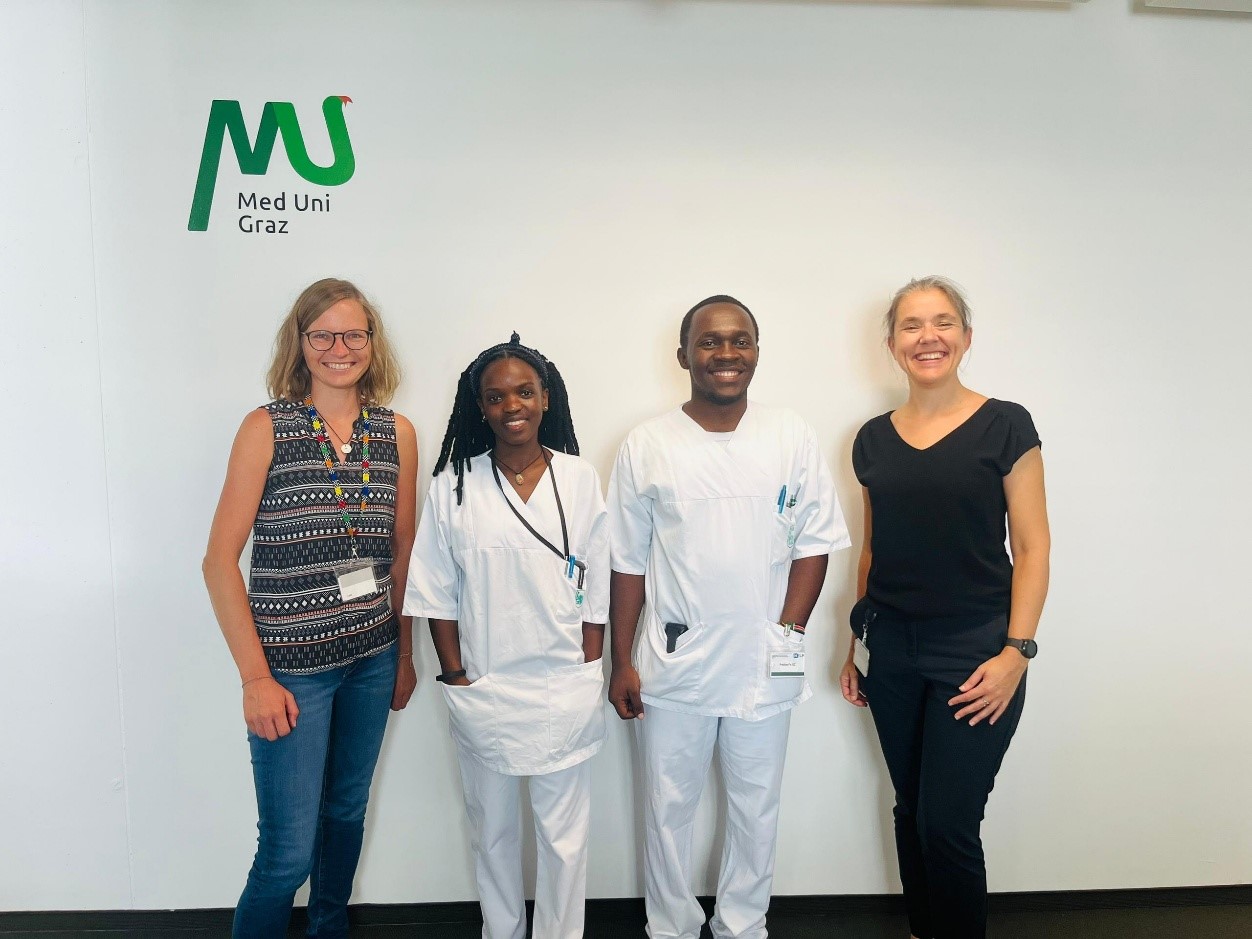
Staff outward mobility was equally notable. Several MakCHS staff and graduate students participated in the Annual Global Health Conference organized by NUVANCE Health, an international partner. MakCHS faculty contributed through presentations, posters, and panel discussions, highlighting research on decolonization in global health education, adolescent health, and global mental health. These engagements provided valuable networking opportunities with global health funders and reinforced the importance of transnational academic partnerships in advancing health equity.
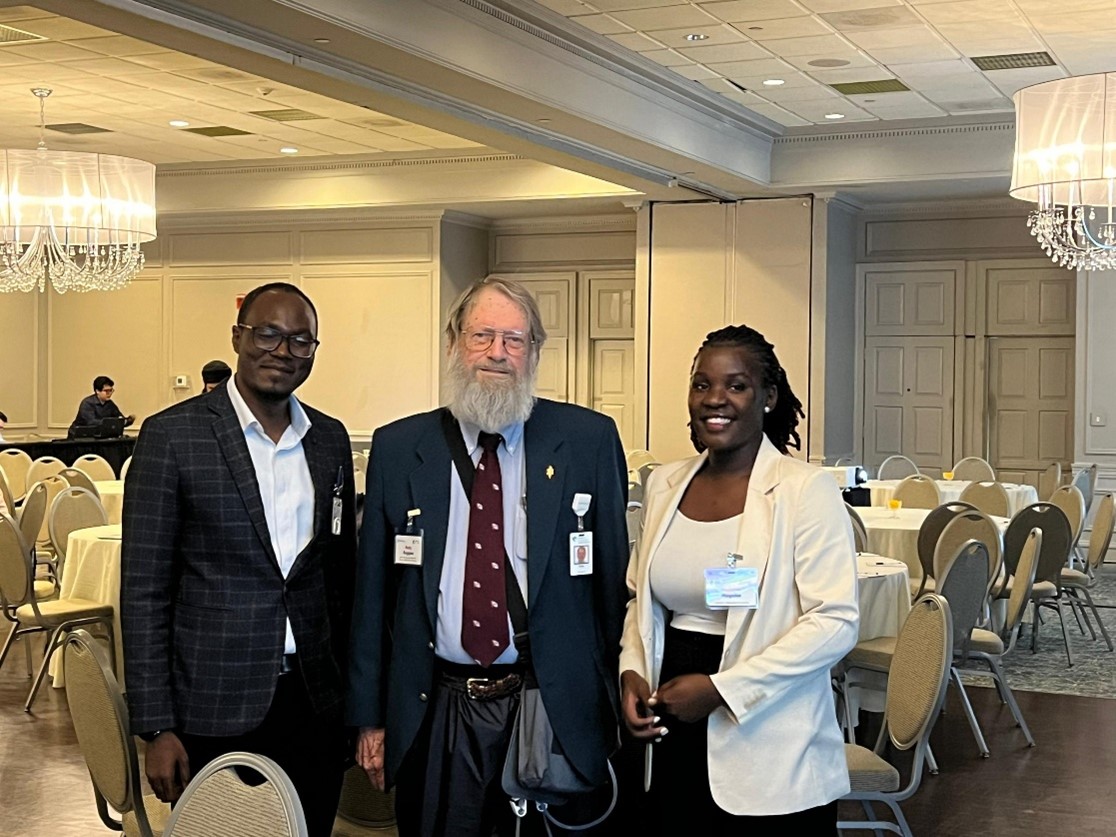
Through sustained partnerships, increased mobility, and active global engagement, MakCHS continues to position itself as a key contributor to global health education, research, and practice.
Health
Makerere University and Tsinghua University Launch Landmark China–Uganda Joint Laboratory on Natural Disaster Monitoring and Early Warning
Published
2 weeks agoon
December 19, 2025
Makerere University has taken a decisive step in strengthening Uganda’s and Africa’s capacity for public safety, disaster preparedness, and climate resilience with the official launch of the China–Uganda Belt and Road Joint Laboratory on Natural Disaster Monitoring and Early Warning, a flagship collaboration with Tsinghua University of China.
Launched during the Makerere University–Tsinghua University Symposium on Public Safety and Natural Disaster Management, the Joint Laboratory positions Makerere as a continental hub for cutting-edge research, innovation, and policy-relevant solutions in disaster risk reduction, early warning systems, and emergency response. The Laboratory will be hosted by Makerere University and is the only facility of its kind in Africa under this cooperation framework, underscoring its regional and global significance.
A Strategic Partnership Rooted in Research, Policy, and Practice
In his opening remarks, Prof. Barnabas Nawangwe, Vice-Chancellor of Makerere University and Ugandan Co-Director of the Joint Laboratory, traced the origins of the partnership to 2018, when a Makerere delegation visited Tsinghua University and the Hefei Institute for Public Safety Research. He recalled being deeply impressed by China’s advanced capacity in public safety research, disaster monitoring, and emergency management capabilities that directly respond to Uganda’s growing exposure to floods, landslides, epidemics, and other hazards.
The Vice-Chancellor noted that the successful establishment of the Joint Laboratory followed a competitive grant process under China’s Belt and Road Initiative, supported by the Government of Uganda and regional partners, including Nigeria and Côte d’Ivoire. He emphasized that the Laboratory aligns squarely with Makerere’s strategic ambition to become a research-led and research-intensive university, while also advancing its internationalisation agenda.

“This Laboratory will significantly enhance Makerere University’s ability to generate evidence-based research that directly informs government policy and public safety interventions. It will serve not only Uganda, but Africa at large,” Prof. Nawangwe said.
He further underscored the Laboratory’s national importance, noting that similar facilities in China are regarded as national-level laboratories, entrusted with supporting government decision-making and national resilience. Relevant Ugandan institutions, including the Office of the Prime Minister (OPM), UPDF, Uganda Police, Ministry of Health, and humanitarian actors, are expected to actively participate in the Laboratory’s work.
Tsinghua University: Advancing Science Diplomacy and South–South Cooperation
Speaking on behalf of Tsinghua University, Prof. Yuan Hongyong, Dean of the Hefei Institute for Public Safety Research and Chinese Co-Director of the Joint Laboratory, described the initiative as both a scientific milestone and a powerful demonstration of South–South cooperation.
He emphasized that natural disasters transcend national borders and demand collective, science-driven responses. By combining Tsinghua’s technological expertise, including satellite monitoring, AI-driven analytics, and integrated early warning systems, with Makerere’s deep regional knowledge and policy engagement, the Joint Laboratory provides a robust platform for innovation, applied research, and practical solutions tailored to African contexts.

The Laboratory will function not only as a research centre, but also as an operational platform for natural hazard monitoring, early warning, risk assessment, and capacity building, supporting Uganda and the wider African region in building more resilient communities.
Government of Uganda: Research as a Pillar of National Resilience
Representing the Office of the Prime Minister, Mr Frederick Edward Walugemba, reaffirmed the government’s strong support for the Joint Laboratory, recognizing research as a cornerstone of effective public safety and disaster management. The OPM highlighted its constitutional mandate to coordinate disaster preparedness and response through institutions such as the National Emergency Coordination and Operations Centre (NECOC).
He mentioned that the Office of the Prime Minister is committed to working closely with Makerere University and its partners, underscoring the importance of multi-agency collaboration, robust data systems, and timely policy advisories to address the complex, multidimensional nature of public safety challenges.
China–Uganda Relations and the Role of Science Diplomacy
Mr. WANG Jianxun, Commercial Counsellor of the Embassy of the People’s Republic of China in Uganda, lauded the Joint Laboratory as a concrete outcome of the growing China–Uganda Comprehensive Strategic Partnership. He emphasized that the collaboration reflects China’s commitment to knowledge sharing, technology transfer, and people-centred development, particularly in areas such as climate adaptation, disaster risk reduction, and sustainable development.
He also highlighted the Belt and Road Initiative as a framework that extends beyond infrastructure to include scientific cooperation, academic exchange, and innovation-driven development, with the Joint Laboratory standing as a model of how universities can advance diplomacy through science.
Makerere’s Multidisciplinary Strength at the Core
In his concluding remarks, Prof. Nawangwe reaffirmed Makerere University’s readiness to operationalize the Laboratory through a multidisciplinary research team spanning public health, geography, engineering, computing, artificial intelligence, social sciences, and the built environment.
He stressed that effective disaster management must integrate technology, human behaviour, governance, and community engagement, noting the importance of sociological insights in addressing risk perception and public compliance during disasters. Makerere will also engage emerging universities and regional partners to ensure the Laboratory’s benefits are widely shared.
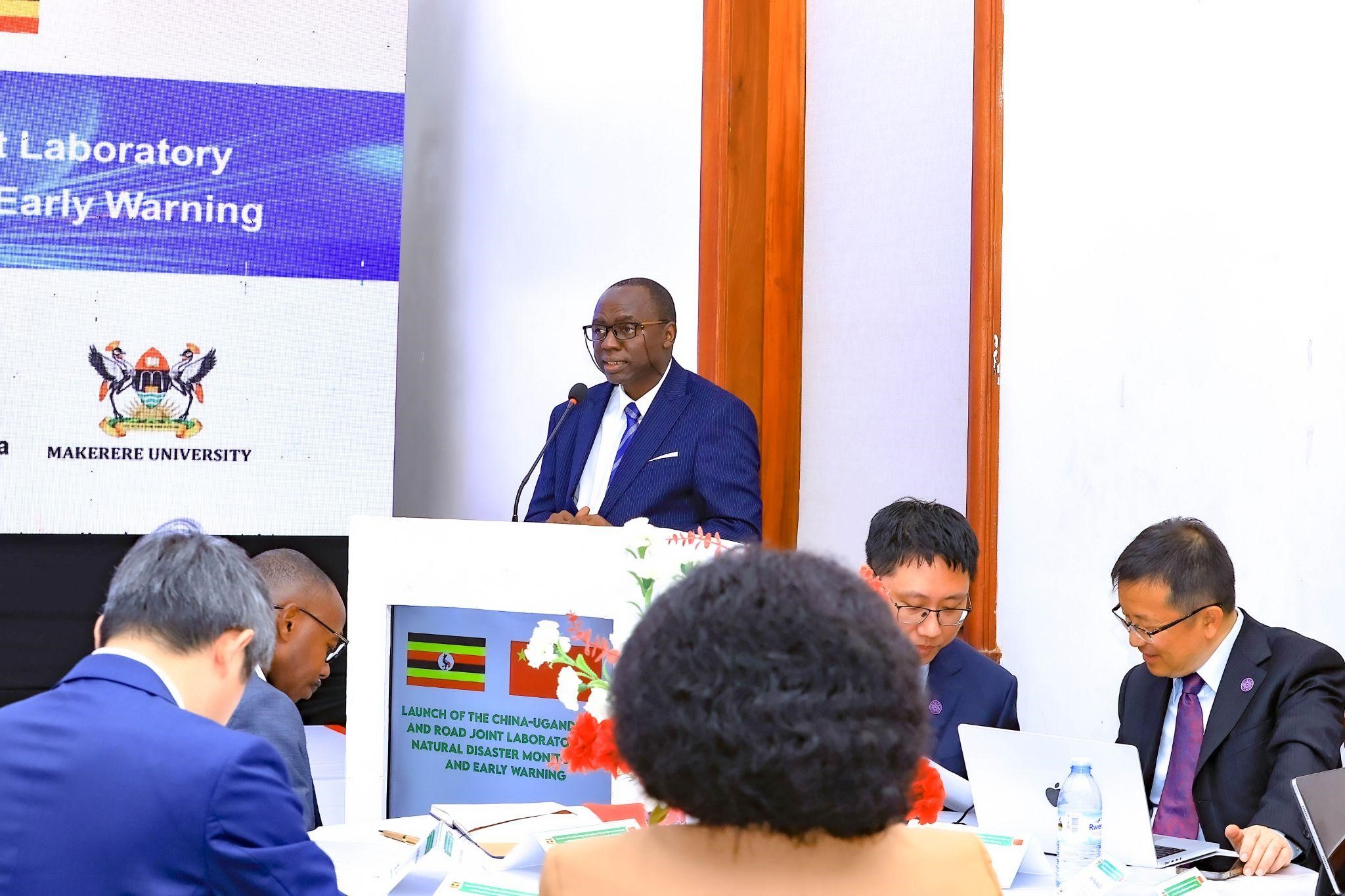
The Vice-Chancellor also commissioned an interim, multidisciplinary coordination committee to operationalise the Joint Laboratory, drawing expertise from health, climate science, engineering, artificial intelligence, social sciences, and government agencies.
Hon. John Chrysostom Muyingo Officially Launches the Laboratory
The Joint Laboratory was officially launched by the Honourable John Chrysostom Muyingo, Minister of State for Higher Education, who applauded Makerere University and Tsinghua University for securing the prestigious grant and advancing Uganda’s science and research agenda.

Hon. Muyingo reaffirmed the Government’s commitment to supporting research that informs national development, public safety, and disaster preparedness. He urged Ugandan researchers to fully leverage the partnership to learn from China’s experience in transforming research into actionable solutions for society.
“This Laboratory is a clear demonstration of how strategic international partnerships can strengthen national capacity, inform policy, and protect lives,” the Minister said, as he formally declared the symposium and laboratory launch open.
Positioning Makerere as a Regional Centre of Excellence
Makerere University already plays a critical role in public safety, disaster preparedness, and early warning through a range of research, training, and operational partnerships. Through the School of Public Health (MakSPH) and the Infectious Diseases Institute (IDI), the University has led national and regional initiatives in epidemic preparedness, emergency response, and early warning, including Field Epidemiology Training, risk prediction modelling, and multi-hazard risk assessments that inform district and national preparedness planning. A national assessment of 716 health facilities conducted by MakSPH revealed widespread exposure to climate-related hazards and systemic preparedness gaps, directly informing the Ministry of Health’s Climate and Health National Adaptation Plan (H-NAP 2025–2030)
Makerere has also been at the forefront of disaster risk reduction innovation and community resilience through the Resilient Africa Network (RAN), which has supported scalable, evidence-based solutions such as EpiTent, a rapidly deployable emergency health facility; RootIO, a community-based radio communication platform used for risk communication and early warning; and RIAP Horn of Africa, which advances climate-resilient water harvesting technologies for drought-prone pastoralist communities.

Earlier, the University led the USAID-funded PeriPeri U project (2014–2019) and a disaster management collaboration with Tulane University, strengthening applied research, training, and early warning systems across Africa, efforts that laid the foundation for RAN and Makerere’s current disaster resilience agenda.
In collaboration with government and international partners, Makerere has supported the strengthening of Emergency Operations Centres, including the development of Regional Emergency Operations Centre (REOC) dashboards to improve real-time coordination and situational awareness. IDI has further contributed to epidemic intelligence and early warning, supporting districts to update WHO STAR-based risk calendars, strengthen sub-national preparedness, and enhance real-time decision-making during outbreaks. Makerere teams have also been deployed regionally to support Marburg and Mpox outbreak responses in Rwanda and the DRC, while advancing outbreak modelling as an early warning tool for high-consequence infectious diseases.
Complementing these efforts, the Department of Geography, Geo-Informatics and Climatic Sciences conducts transdisciplinary research on floods, landslides, droughts, soil erosion, and land-use change, using geospatial analysis, earth observation, modelling, and participatory methods to translate complex data into actionable early warning and risk information for policymakers and communities. These ongoing initiatives collectively demonstrate Makerere University’s established capacity in public safety, disaster preparedness, and early warning, providing a strong operational and scientific foundation for the China–Uganda Belt and Road Joint Laboratory.
With strong backing from the Governments of Uganda and China, as well as leading international partners, the China–Uganda Belt and Road Joint Laboratory on Natural Disaster Monitoring and Early Warning is poised to become a regional centre of excellence for disaster risk reduction research, training, and innovation.
The Laboratory will contribute to improved early warning systems, faster emergency response, stronger policy coordination, and enhanced scientific capacity, cementing Makerere University’s role at the forefront of addressing some of the most pressing public safety challenges facing Uganda, Africa, and the global community.
Caroline Kainomugisha is the Communications Officer, Advancement Office Makerere University.
Health
Makerere University Explores Strategic Partnership with Tsinghua University in Safety Science, Disaster Resilience and Public Health
Published
2 weeks agoon
December 16, 2025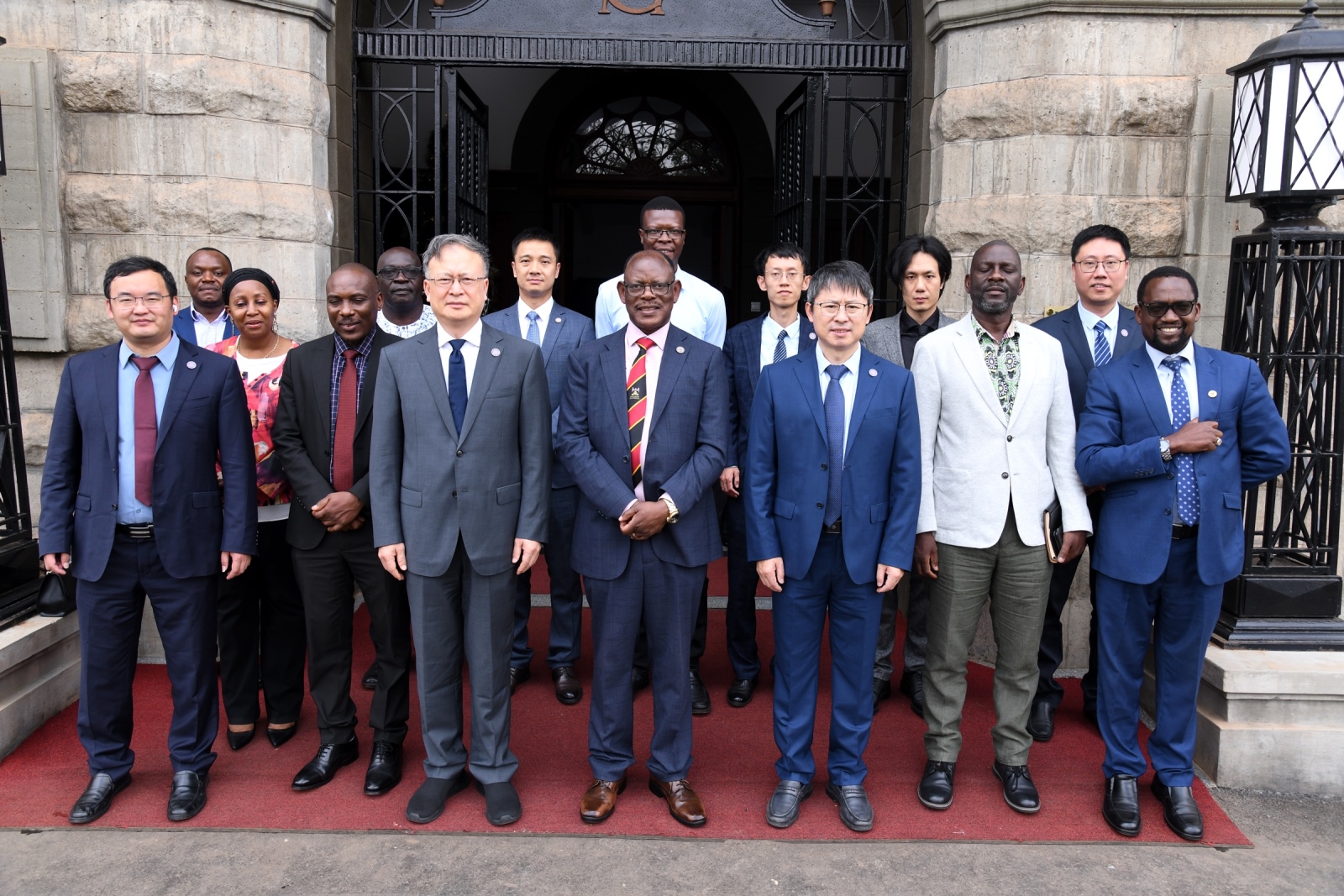
Makerere University has taken a significant step toward strengthening global research collaboration following a high-level meeting between Vice Chancellor Prof. Barnabas Nawangwe and a delegation from Tsinghua University’s Hefei Institute for Public Safety Research, one of China’s leading centres of excellence in disaster prevention, public safety, and emergency management. The engagement marked a renewed commitment to advancing scientific cooperation between the two institutions, particularly in addressing complex environmental and public health challenges that continue to shape national and global development.
A Partnership Anchored in Shared Challenges and Global Priorities
In his remarks, Prof. Nawangwe emphasized that the concept of comprehensive public safety, spanning natural disasters, epidemics, infrastructure failures, and social risks, is increasingly relevant to all colleges and disciplines at Makerere. Uganda’s experience with epidemics such as Ebola, cholera, and COVID-19; frequent landslides in mountainous regions; flooding events; and rising traffic-related incidents place the University in a unique position to contribute applied research, community-based insights, and local knowledge to a global scientific dialogue.
He noted that the Tsinghua presentation revealed new areas of alignment, particularly in epidemic modelling, early-warning systems, and integrated emergency management, areas where Makerere’s public health scientists, medical researchers, and social scientists have extensive expertise.
“This collaboration offers meaningful opportunities for nearly every college at Makerere,” he noted. “Public safety touches the environment, public health, engineering, social sciences, ICT, humanities, and urban planning. The challenges we face as a country make this partnership both timely and essential.” Prof. Barnabas Nawangwe noted.
Tsinghua University: A Global Leader in Comprehensive Public Safety.
The delegation from Tsinghua University outlined China’s national investment in Public safety over the past two decades, an effort driven by the recognition that life and security are the foundation of sustainable development. Tsinghua’s Hefei Institute for Public Safety Research has developed nationally recognised research platforms and large-scale simulation facilities dedicated to Natural disaster modelling (earthquakes, landslides, floods, typhoons, Infrastructure and urban systems safety, Public health emergencies and epidemic preparedness, Early-warning, monitoring, and emergency communication, Traffic and transportation safety, Post-disaster reconstruction and resilience planning.
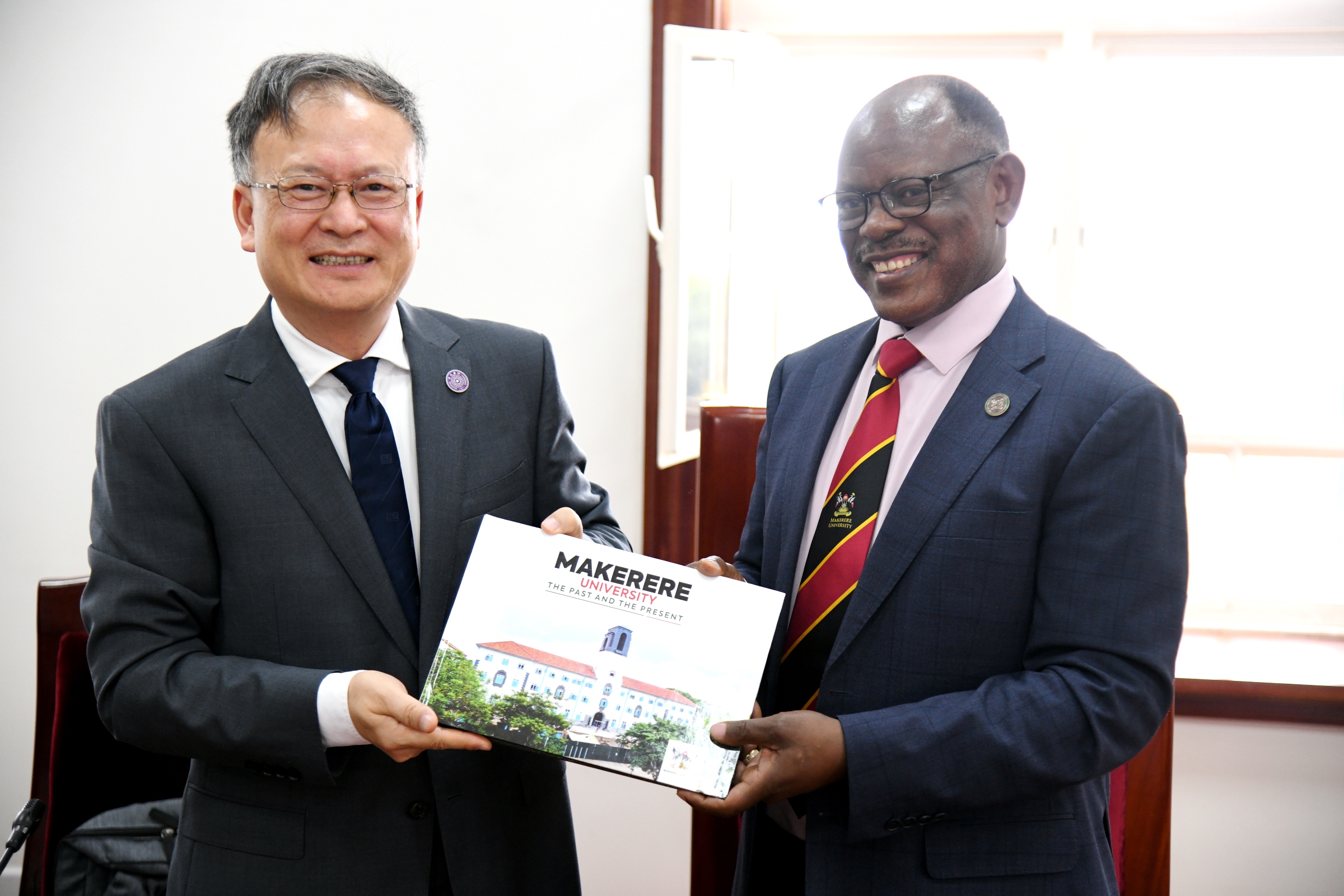
Their systems currently support over 100 provincial and municipal emergency management centres in China, underscoring their global leadership in practical, scalable solutions for disaster risk management. The delegation reaffirmed that Uganda’s lived experience with multiple hazards presents opportunities for meaningful knowledge exchange. They expressed particular interest in learning from Makerere’s work on epidemic response, community health systems, and the social dimensions of disaster management.
Emerging Areas of Partnership
The meeting identified several promising pathways for long-term collaboration:
1. Joint Research in Disaster Risk Reduction and Climate-Related Hazards
Both institutions expressed readiness to co-develop research projects on landslides, floods, urban resilience, and multi-hazard modelling, drawing on Tsinghua’s advanced simulation technologies and Makerere’s environmental expertise and geographic field realities.
2. Public Health Emergency Preparedness and Epidemic Response
Makerere’s renowned public health schools and research centres will collaborate with Tsinghua on epidemic prediction, early-warning systems, and integrated preparedness frameworks, leveraging Uganda’s decades of experience managing high-risk disease outbreaks.
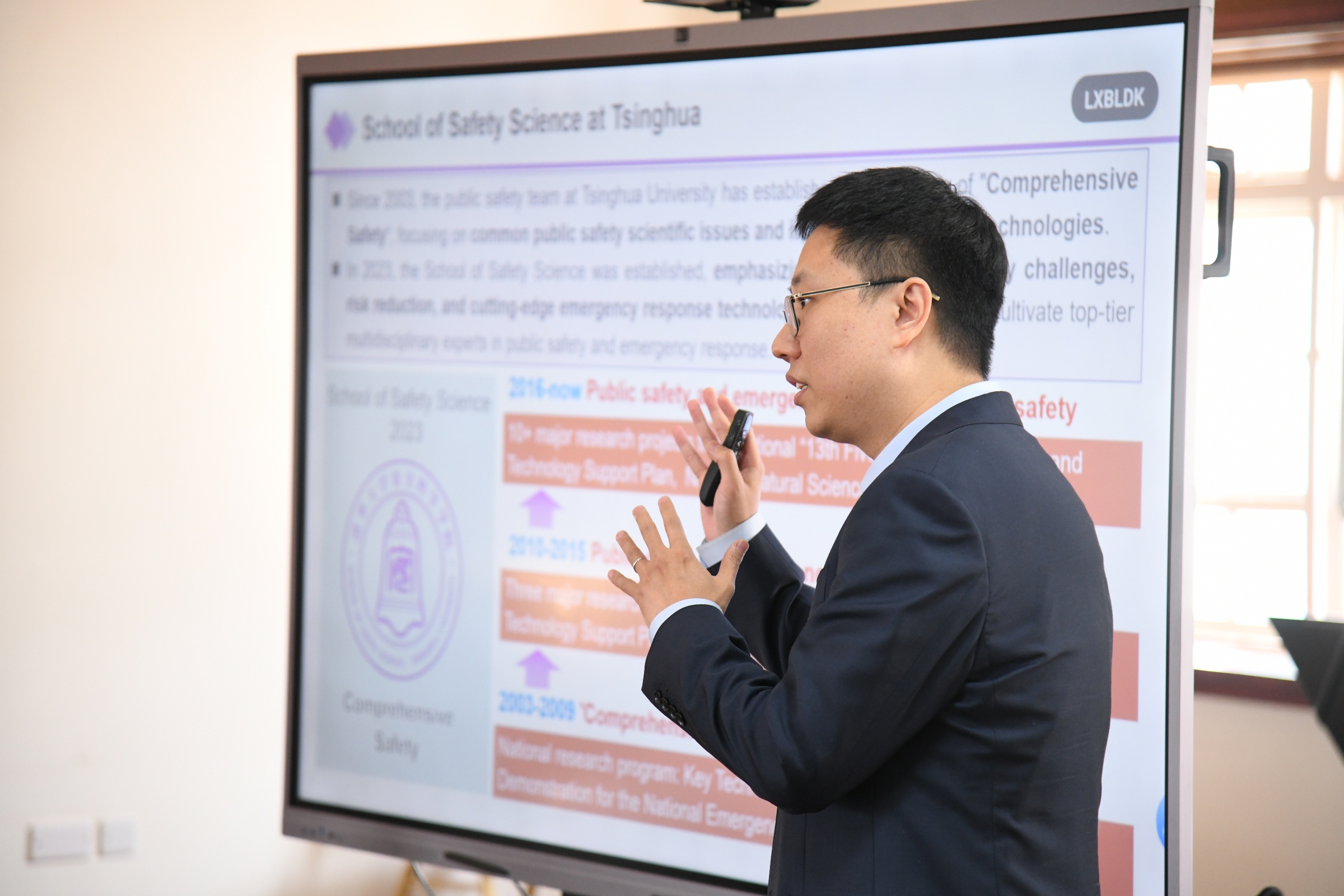
3. Infrastructure and Urban Safety, Including Traffic Systems
With Uganda experiencing rapid urbanisation and high rates of motorcycle-related road incidents, Tsinghua shared insights from China’s own transformation, including infrastructure redesign, transport modelling, and public transit innovations. Collaborative work in this area would support city planning and road safety interventions in Kampala and other urban centres.
4. Academic Exchange and Capacity Building
Both sides expressed interest in student exchanges, staff mobility, co-supervision of postgraduate research, and specialised training programmes hosted at Tsinghua’s world-class safety research facilities.
5. Development of a Joint Public Safety Laboratory at Makerere
The institutions are exploring the establishment of a collaborative safety research platform in Uganda. This initiative could serve as a regional hub for innovation in emergency management, environmental safety, and technology-driven risk assessment.
Towards a Long-Term, Impactful Collaboration
The meeting concluded with a shared commitment to develop a structured partnership framework in the coming months, supported by both universities and aligned with Uganda–China cooperation priorities. Both teams acknowledged that the partnership must yield tangible results that enhance community resilience, bolster national preparedness systems, and foster scientific capacity for future generations.
Prof. Nawangwe commended Tsinghua University for its willingness to co-invest in research and capacity building, noting that such collaborations position Makerere not only as a leading research institution in Africa but as an active contributor to global scientific progress.

“This partnership has the potential to transform our understanding of the science of public safety to deliver solutions that safeguard lives.” Prof. Barnabas Nawangwe noted.
“It aligns perfectly with Makerere’s mission to be a research-led, innovation-driven university responding to the world’s most urgent challenges.” He added.
As part of this strategic partnership engagement, Makerere University will, on Wednesday, 17th December, co-host the Makerere University–Tsinghua University Symposium on Public Safety and Natural Disaster Management. The symposium will run from 8:00 AM to 2:00 PM in the University Main Hall, Main Building.
This symposium represents a deepening of collaboration not only between Makerere University and Tsinghua University, but also a broader strategic partnership between Uganda and the People’s Republic of China.
During the event, H.E. Zhang Lizhong, Ambassador of the People’s Republic of China to Uganda, together with the State Minister for Higher Education, Government of Uganda, will officially launch the China–Uganda Belt and Road Joint Laboratory on Natural Disaster Monitoring and Early Warning. The Laboratory will be hosted at Makerere University, positioning the University to play a central role in strengthening Uganda’s and the region’s capacity for natural disaster preparedness, public safety, and emergency management research.
Caroline Kainomugisha is the Communications Officer, Advancement Office, Makerere University.
Trending
-

 Research2 weeks ago
Research2 weeks agoMakerere University Launches Knowledge-Sharing Platform to Drive Innovation and Economic Growth
-
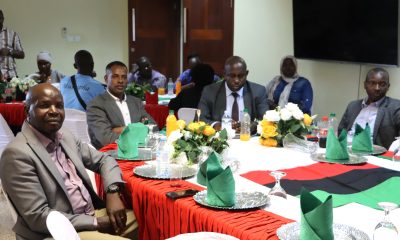
 Business & Management2 weeks ago
Business & Management2 weeks agoEfD Uganda Marks 2025 Milestones, Sets Strategic Path for 2025–2029
-
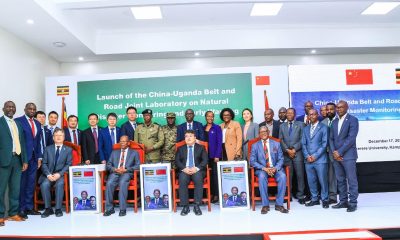
 Health2 weeks ago
Health2 weeks agoMakerere University and Tsinghua University Launch Landmark China–Uganda Joint Laboratory on Natural Disaster Monitoring and Early Warning
-
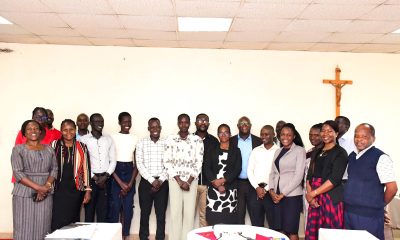
 Education2 weeks ago
Education2 weeks agoFacilitating Access and Participation through Higher Education Access Programmes and Connected Education for Students with Refugee Backgrounds: A Global South Delphi Study
-

 Business & Management2 weeks ago
Business & Management2 weeks agoMakerere University CoBAMS Staff celebrate 2025 achievements
